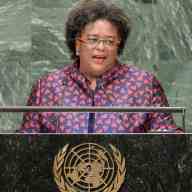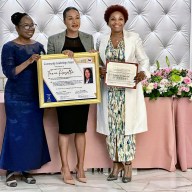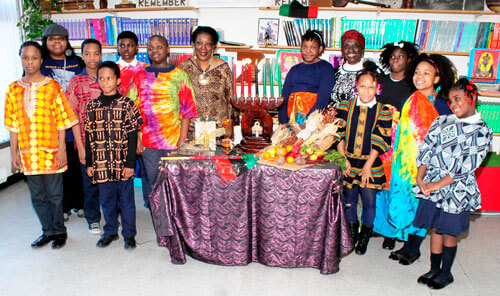Business is booming in Bedford-Stuyvesant, its commercial heart beating along Fulton Street on a retail sprawl the size of eight football fields.
Trendy boutiques, national chain stores, and long-standing mom-and-pops bustle between Troy and Classon avenues on an exhilarated mile-and-a-half stretch reclaimed as a shopping depot for residents, a magnet for new transplants, and a point of discovery for tourists seeking a special souvenir — whether an exotic African curio or a sumptuous memory of a soul-food dinner savored in a cozy restaurant.
Bedford-Stuyvesant’s reformation is like sunshine after an eclipse for a community that has battled negative stereotypes with transforming social and demographic revolutions. Crime is down, young professionals of all stripes are moving in, local entrepreneurs are opening businesses, a turn-of-the-century townhouse on Clifton Place sold for $2.1 million this month, and a community group is fast-tracking the renaissance to improve commercial and residential life.
“You can feel the change because people are taking a strong interest in this part of Bed-Stuy for the great opportunities that exist here,” says Michael Lambert, executive director of the 5-year-old Bed-Stuy Gateway Business Improvement District that manages the commercial corridor and collaborates on such improvement projects as the $20-million Nostrand Avenue reconstruction between Atlantic and Flushing avenues, and the $22-million Fulton Streetscape Beautification project with new plazas, sidewalks, trees, benches, illumination, and bike racks to enhance visual appeal.
Lambert takes his job seriously. When contractors working on the Nostrand Avenue project left for the day with the sidewalk ripped open between Fulton and Halsey streets — posing an imminent danger to merchants and patrons — he fired off phone calls and emails to city pooh-bahs until the problem was fixed within 24 hours.
“That way businesses could engage safely with their customers again,” he says.
The Bed-Stuy Gateway Business Improvement District serves close to 400 commercial enterprises, and is among the 70 such private-public partnerships with the Department of Small Business Services helping to revitalize neighborhoods and spur economic development across the city through $100 million invested in programs and services.
• It attracted Edible Arrangements and Walgreens Pharmacy to the region, and a Planet Fitness is set to arrive next year.
• Its “cleaning ambassadors” — grimebusters in lime-green uniforms — power wash and pick up after the more than 27,000 daily visitors, virtually around the clock.
• Its public safety and environmental control team is out on the street monitoring cameras placed throughout the district.
• Its marketing experts help merchants promote their businesses through links to their websites from the group’s online merchant directory, annual holiday advertisements in local newspapers, and other outreach.
• It introduces area youth to the workplace with paid and unpaid internships.
The “gateway” in its name is also strategic.
“The founders saw this stretch of Fulton Street as being a portal to other parts of the borough and Manhattan,” says Lambert, who assumed his position two years ago and has seen a dozen new businesses come aboard, elevating the profile of the surrounding neighborhood — an architectural splendor containing one of the largest collections of largely untouched Victorian-style buildings in the country, with nearly 9,000 structures built before 1900 by some estimates.
Bedford-Stuyvesant — named for the Duke of Bedford and early settler Peter Stuyvesant — is a living catalog of the working-class experience. Diverse ethnic groups, including Jews, Italians, Irish, Caribbeans, and southeast Asians, have called it home, and its torturous battle with civil rights, unemployment, poverty, crime, and hope is etched on its handsome buildings and scrappy sidewalks that scream empowering quotes from Martin Luther King, Jr. and Malcolm X.
Jewish immigrants Morris and Rose Michtom invented the Teddy bear above their tiny candy store at 404 Tompkins Ave. between Hancock Street and Jefferson Avenue in 1902. Singer Lena Horne and baseball great Jackie Robinson were born in the neighborhood. Freed slave James Weeks established one of the nation’s first free-black communities here, naming it Weeksville. Today’s diverse and eclectic mix of residents and businesses — among them families, artists, entrepreneurs, community advocates, and service and arts organizations — are as culturally committed, housed in historic brownstones and living harmoniously for the most part in a neighborhood that has been sliced and diced more than a Thanksgiving turkey.
Mary H. Monomi opened her book on Bedford-Stuyvesant in 1973 with the question, “Why would anyone want to live there?” These days she might wonder instead, “Why are so many people flocking there?”
























